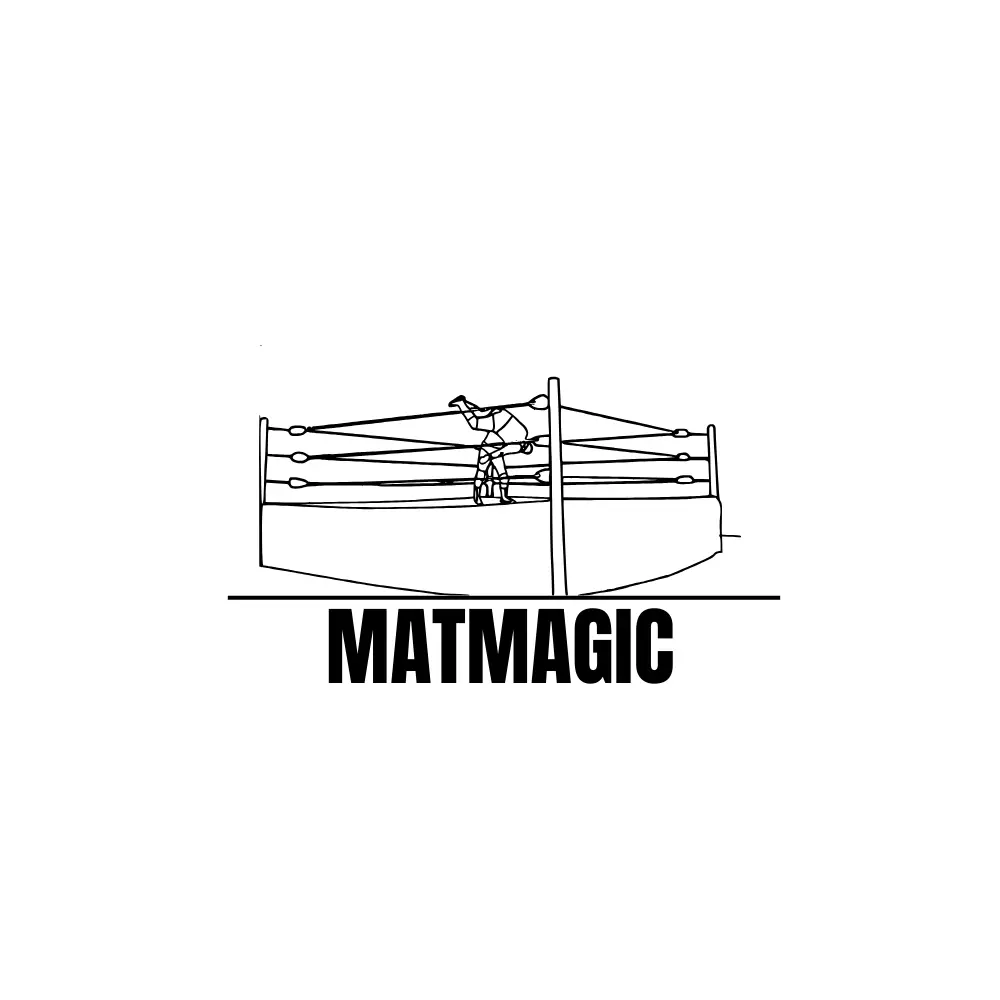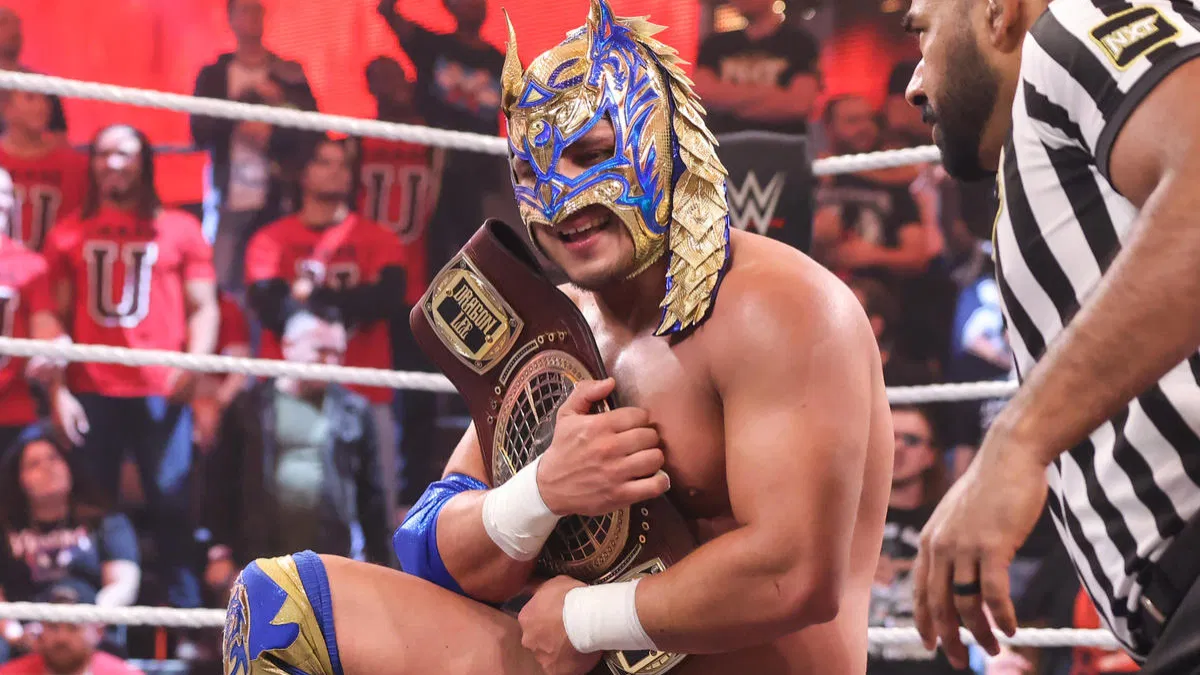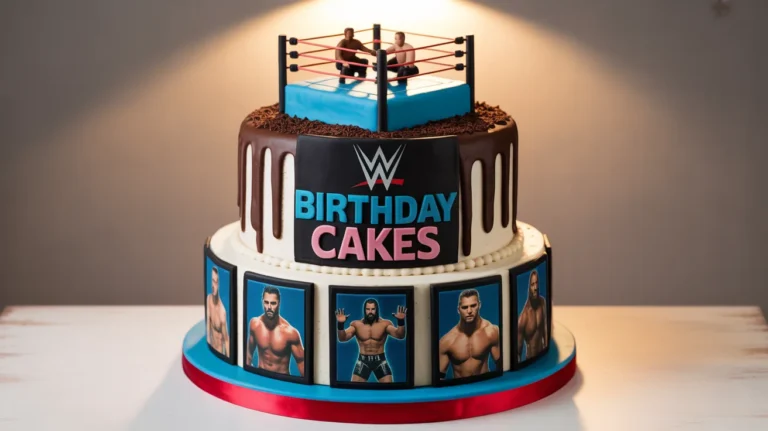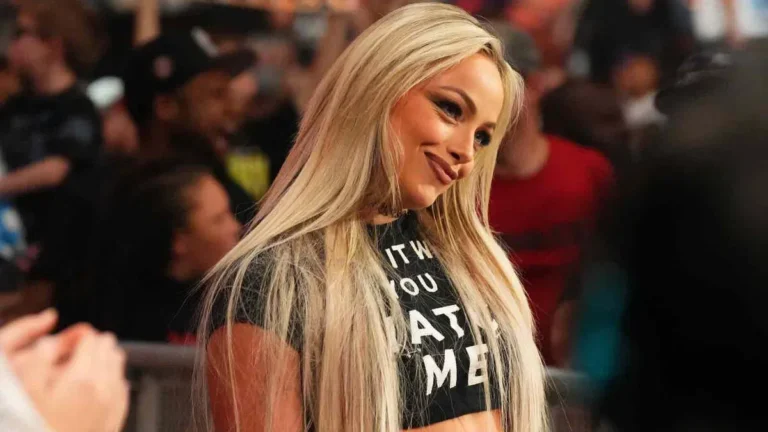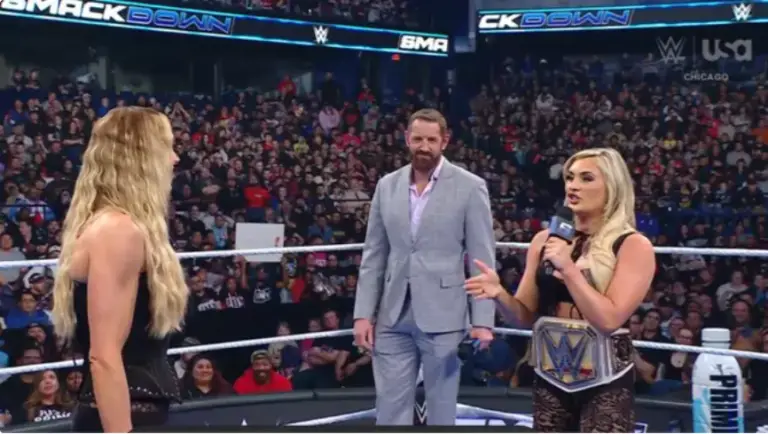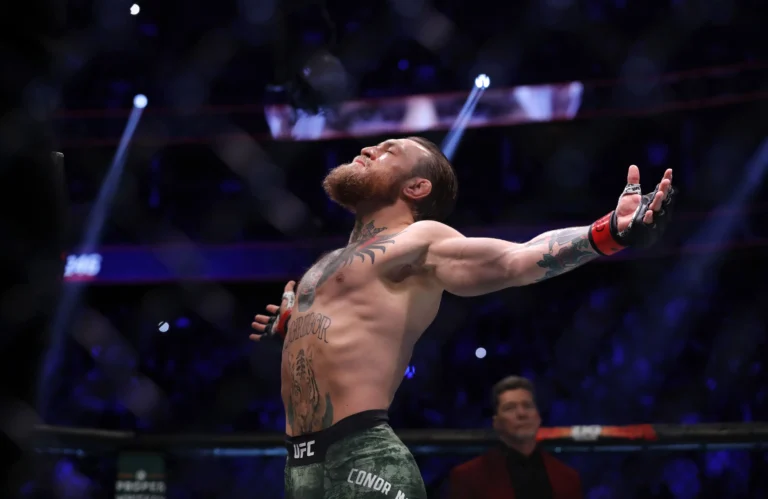WWE merchandise is everywhere — T-shirts, belts, action figures, and even bedding. It’s a global phenomenon. Fans spend heavily to showcase their loyalty, but many wonder why these products are so expensive.
Let’s break it down…
1. The Power of Branding
WWE is more than wrestling; it’s a brand deeply rooted in storytelling.
Each item connects fans to larger-than-life characters and memorable storylines. Purchasing a T-shirt isn’t just buying apparel; it’s owning a piece of that narrative.
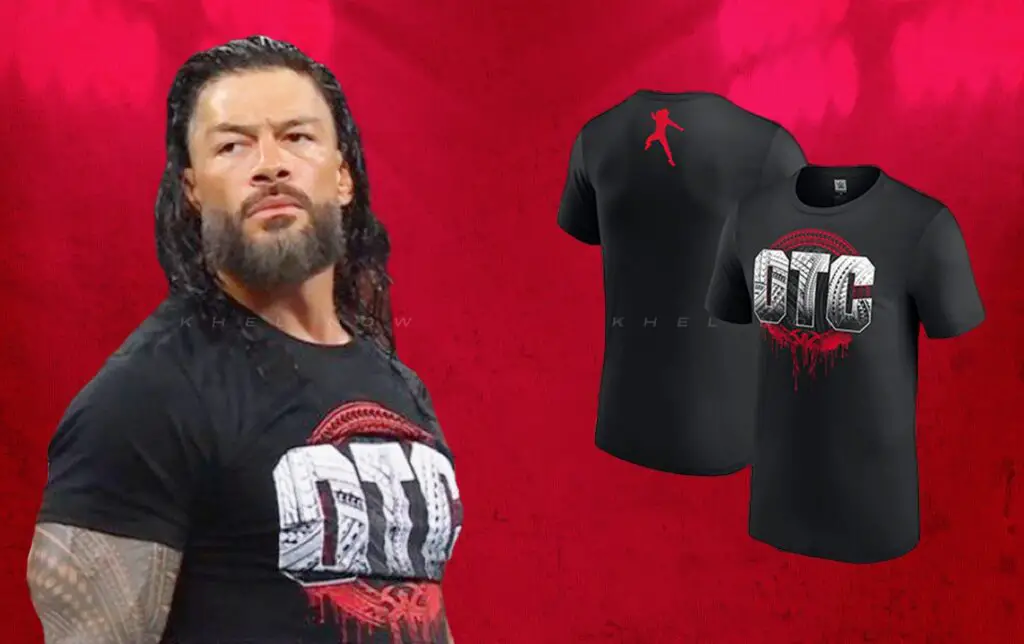
Licensing agreements also add layers of cost. WWE works with manufacturers who must pay royalties for using WWE logos and wrestler likenesses.
These fees are baked into the product’s price, making items more expensive than generic equivalents.
2. Limited Production Runs
Unlike mass-market brands, WWE merchandise often involves limited production. Items like commemorative belts or pay-per-view event gear are created in small quantities.
Limited supply drives up costs, as economies of scale don’t apply. Fewer items mean higher per-unit production expenses.
3. High-Quality Materials and Detailing
Authenticity is a selling point for WWE merchandise. Replica belts, for instance, are crafted with meticulous attention to detail.
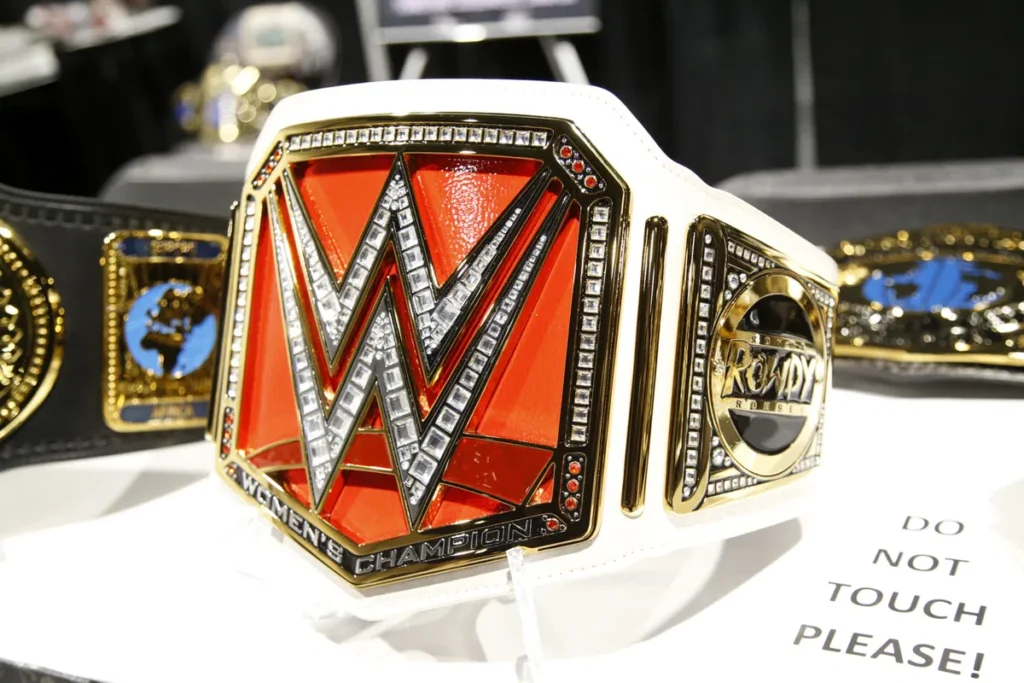
From the engraved plates to faux leather straps — these items resemble the belts seen on television. Such detailing requires specialized materials and craftsmanship, increasing the price. Even T-shirts are made with durable fabrics and detailed printing processes.
Fans expect quality, and WWE delivers—but at a premium cost.
4. Exclusive Distribution Channels
Most WWE merchandise is sold directly through WWE’s online store, live events, or partner retailers.
Limited distribution channels allow WWE to control pricing and maintain exclusivity. Without competition, prices remain high as WWE sets the terms.
5. Licensing and Collaboration Costs
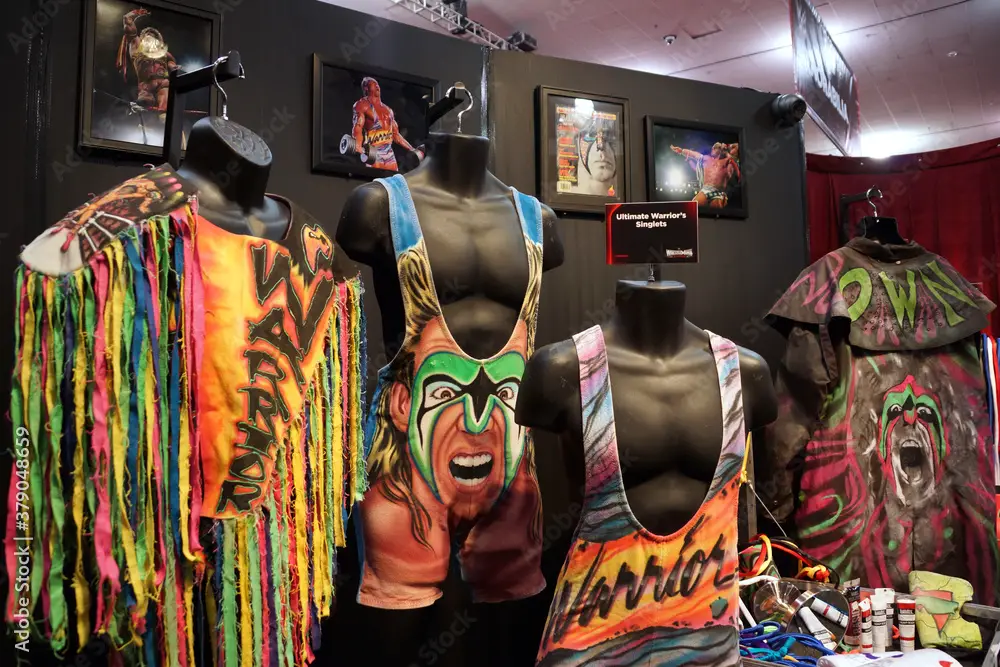
WWE frequently collaborates with other brands for merchandise.
For example, Funko Pop! vinyl figures or Mattel action figures involve partnerships. Each partner adds its own costs, which are ultimately passed on to the consumer.
These collaborations boost the product’s appeal but also inflate its price.
6. Marketing and Packaging
Every WWE product is wrapped in a layer of premium marketing.
Packaging is often customized, with vibrant imagery of wrestlers or event logos. Such attention to presentation doesn’t come cheap. High-quality marketing materials and packaging contribute to the overall cost.
7. Emotional Connection Drives Sales
WWE knows its audience invests emotionally in its product.
Fans don’t just watch matches—they connect with the stories, rivalries, and personas. Merchandise becomes a tangible way to celebrate that connection.
Many people are willing to pay more for items tied to their favorite wrestlers or moments.
8. Collectible Value and Investment
For some fans, WWE merchandise isn’t just memorabilia—it’s an investment.
Limited-edition items, signed gear, or retired designs can gain significant value over time. This perceived investment potential justifies higher spending.
9. Live Event Markups
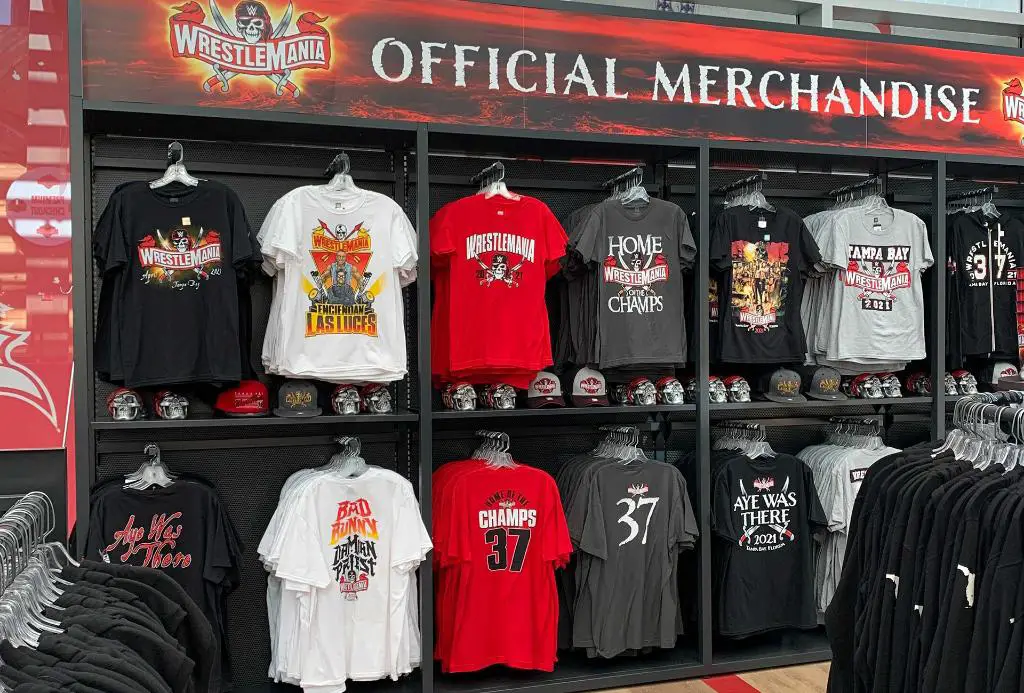
Attending a live WWE event is an experience in itself.
Merchandise sold at these events often costs more than the same items online. Convenience, limited availability, and the excitement of the moment encourage fans to pay inflated prices.
10. Loyalty and Fandom
WWE fans are among the most loyal in the world. This loyalty allows WWE to price its merchandise higher, knowing many fans will purchase regardless.
The sense of belonging tied to wearing WWE gear outweighs concerns about the price for many supporters.
11. The Role of Exclusivity
WWE frequently launches exclusive collections, such as special-edition shirts or event-specific items. Exclusivity increases perceived value, making fans more likely to pay a premium.
Limited availability creates urgency, driving purchases even at high prices.
12. Global Demand and Shipping
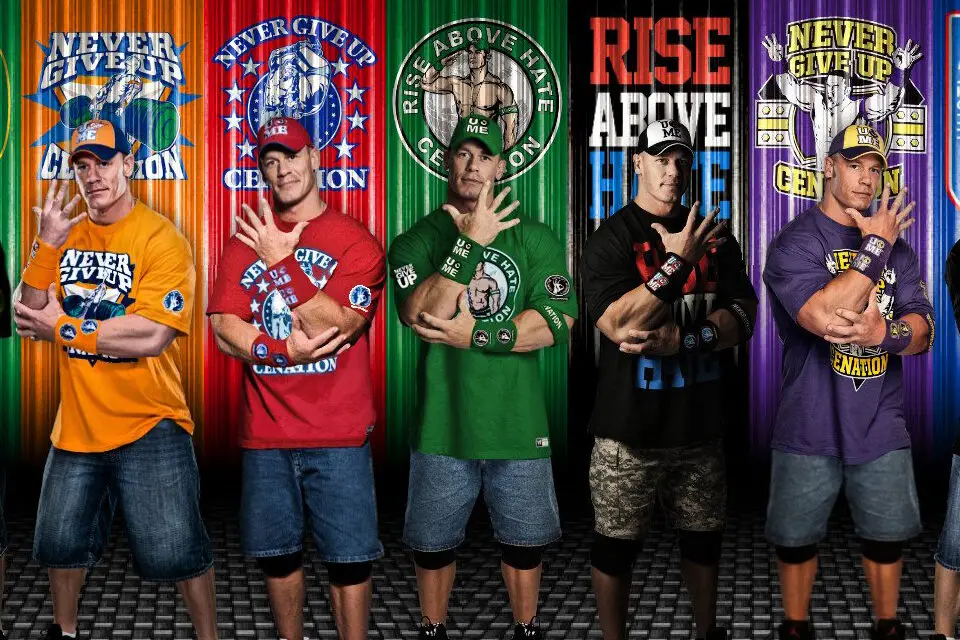
WWE’s fan base spans continents. Global distribution adds shipping, customs, and logistical costs. These expenses are included in the product price, especially for international fans.
WWE merchandise costs significantly more in some regions due to import duties and taxes.
13. WWE Shop Loyalty Programs
WWE incentivizes repeat purchases through loyalty programs or discounts on bundled products. While this may seem like savings, it often encourages fans to spend more overall.
The psychological tactic of offering discounts increases revenue without lowering profitability.
14. The Cost of Customization
Fans love personalized merchandise.
WWE offers options to customize T-shirts, hoodies, and even replica championship belts. While customization adds a unique touch, it also comes at a premium.
Designing, manufacturing, and shipping custom orders involve additional costs that make these items pricier. For fans, however, the exclusivity of a customized product often outweighs the higher price tag.
15. The Role of Nostalgia in Driving Purchases
Nostalgia plays a powerful role in WWE merchandise sales. Many fans who grew up watching legends like The Undertaker, Stone Cold Steve Austin, or Hulk Hogan feel drawn to items featuring these icons.
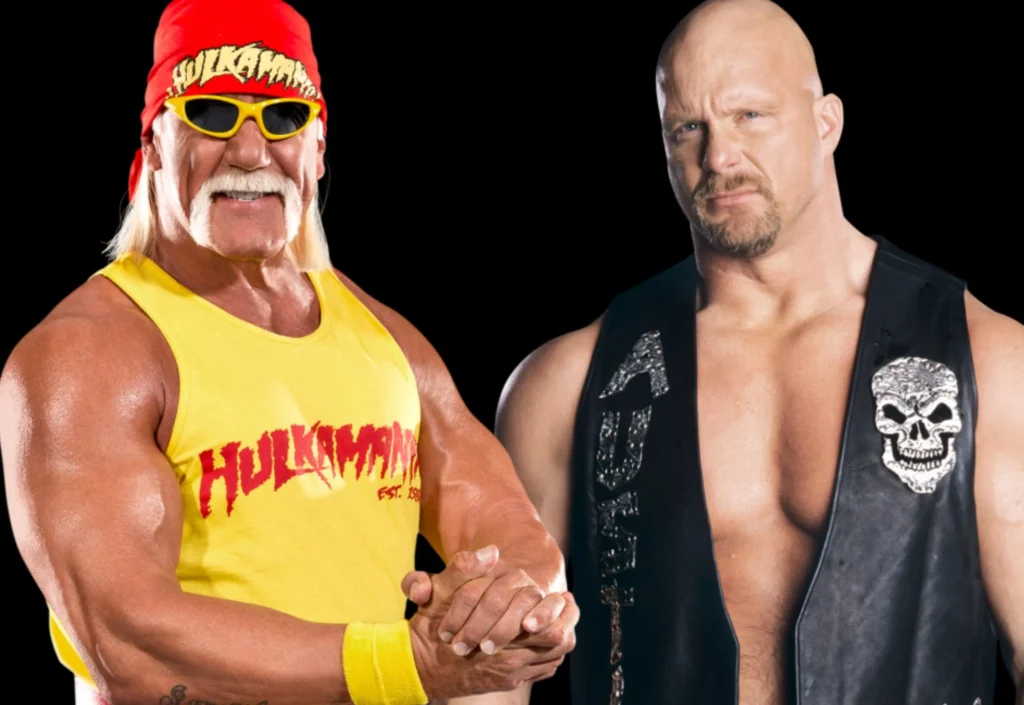
WWE capitalizes on this by releasing retro-themed collections, reissued designs, and Hall of Fame merchandise.
Nostalgia creates an emotional attachment, making fans more willing to spend on products that connect them to their childhood heroes.
16. The Impact of Wrestler Personas on Merchandise Sales
Wrestlers with strong personas often drive the highest merchandise sales.
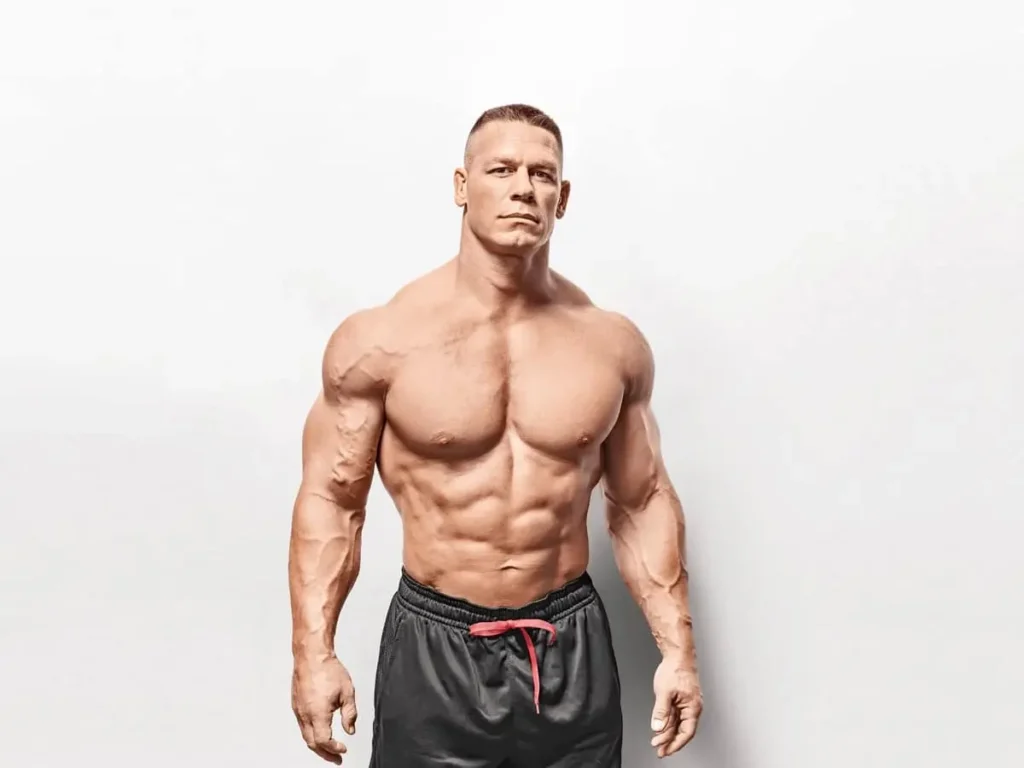
Icons like John Cena, Roman Reigns, and Becky Lynch inspire loyalty through their compelling characters. WWE leverages this by creating gear that reflects each wrestler’s unique identity. Limited-edition collections tied to a wrestler’s storyline or achievement also boost sales.
Fans feel they’re supporting their favorite stars by purchasing products linked to their personas.
Why do We Still Buy Them?
Despite the high prices, we continue to buy WWE merchandise.
Here’s why…
- Connection to Wrestlers: Owning a piece of merchandise helps fans feel closer to their favorite stars.
- Social Identity: Wearing WWE gear signals fandom and creates a sense of belonging within the wrestling community.
- Memories: Merchandise tied to specific events or wrestlers serves as a nostalgic reminder of iconic moments.
- Gift Appeal: WWE merchandise makes for thoughtful gifts among fans, further driving sales during holidays.
- Cultural Status: In some circles, owning high-end items like replica belts or signed gear is a status symbol.
How to Save While Shopping WWE Merchandise
Looking to enjoy WWE merchandise without overspending? Try these smart hacks —
- Shop During Sales: WWE frequently offers discounts during major holidays or events like WrestleMania.
- Secondhand Market: Sites like eBay often feature gently used items at a fraction of the price.
- Avoid Event-Day Purchases: Prices are higher at live events, so buying online afterward can save money.
- Sign Up for Newsletters: WWE Shop occasionally offers exclusive discounts to email subscribers.
- Bundle Purchases: Buying multiple items together often reduces the overall cost.
In a Nutshell
Answer#1: WWE merchandise costs a fortune because it reflects a premium product tied to an emotional experience. Limited runs, high-quality materials, and the power of branding all contribute to higher prices.
Answer#2: We still buy them because the connection to the WWE universe often outweighs the cost and makes these items worth every penny. While strategies exist to save money, the emotional pull of owning authentic WWE gear keeps fans like us coming back for more!
